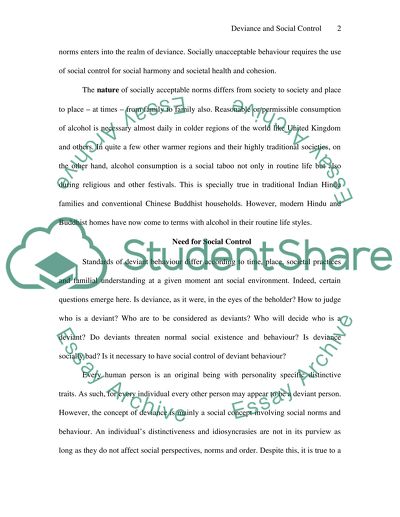Cite this document
(“Deviance and Social Control: Drug Usage in United Kingdom Essay”, n.d.)
Retrieved from https://studentshare.org/miscellaneous/1500095-deviance-and-social-control-drug-usage-in-united-kingdom
Retrieved from https://studentshare.org/miscellaneous/1500095-deviance-and-social-control-drug-usage-in-united-kingdom
(Deviance and Social Control: Drug Usage in United Kingdom Essay)
https://studentshare.org/miscellaneous/1500095-deviance-and-social-control-drug-usage-in-united-kingdom.
https://studentshare.org/miscellaneous/1500095-deviance-and-social-control-drug-usage-in-united-kingdom.
“Deviance and Social Control: Drug Usage in United Kingdom Essay”, n.d. https://studentshare.org/miscellaneous/1500095-deviance-and-social-control-drug-usage-in-united-kingdom.


